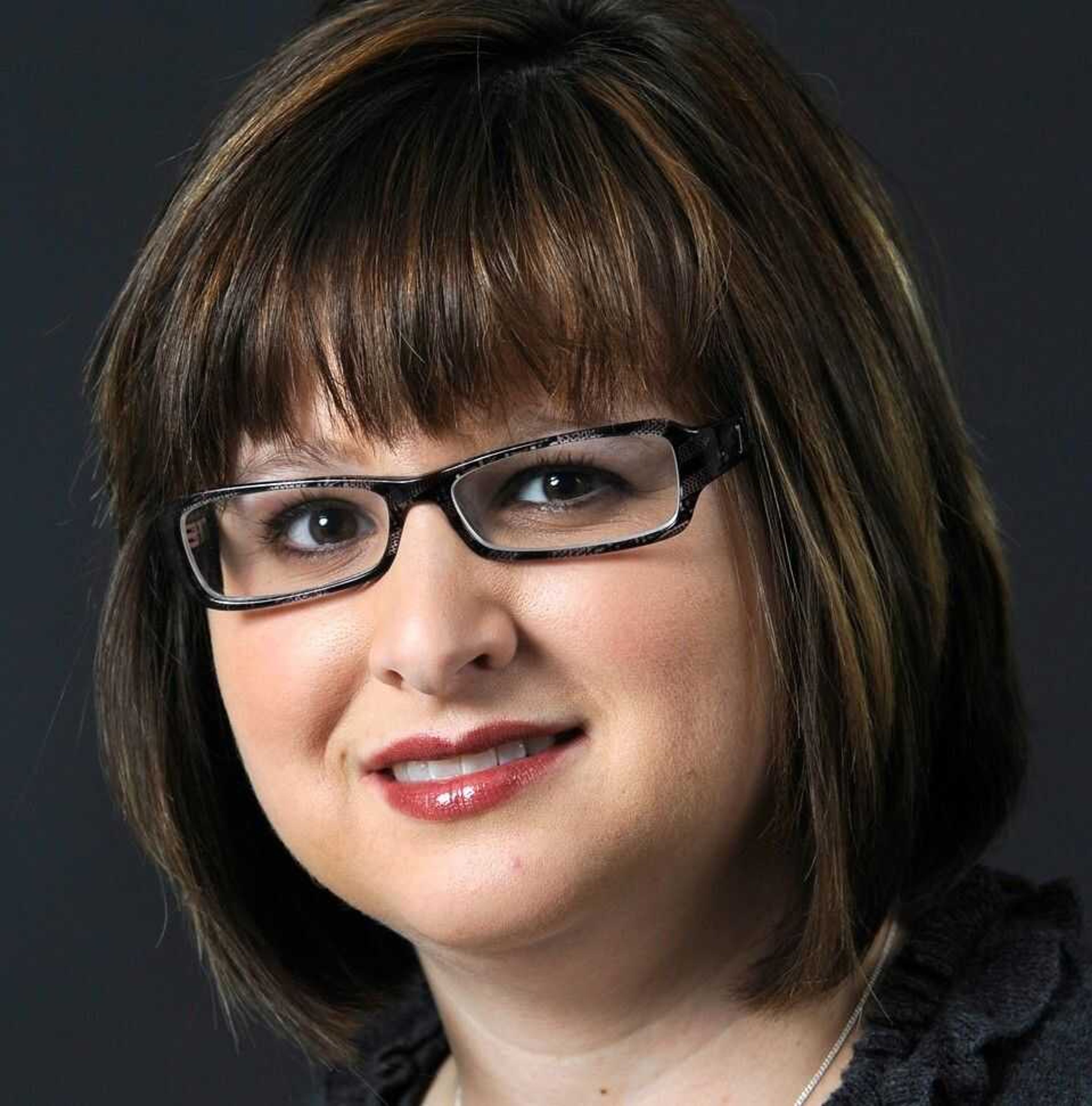Census Bureau: Cape County's median income falls
The poor are getting poorer in Cape Girardeau County, according to new local estimates on income, poverty and health insurance released Thursday by the U.S. Census Bureau. Area community outreach organizations say the record numbers of working families who aren't earning enough money to pay their bills and are coming to them for assistance support the new statistics...
The poor are getting poorer in Cape Girardeau County, according to new local estimates on income, poverty and health insurance released Thursday by the U.S. Census Bureau.
Area community outreach organizations say the record numbers of working families who aren't earning enough money to pay their bills and are coming to them for assistance support the new statistics.
Cape Girardeau County's 2011 median household income, $39,997, fell $4,592 from 2010, according to the Census Bureau's American Community Survey. Cape Girardeau County's median income is lower than the state's, which was $45,247 in 2011.
More than 18 percent of people in Cape Girardeau County live below the poverty line, which for a family of four is an income of $23,050.
"The minute they make a dollar over that, they're no longer considered in poverty, based on the federal guidelines, so it gives the public a skewed vision of what poverty is because no family of four can live on $23,000 a year. It's very hard to do that," said Denise Wimp, executive director of First Call for Help.
The number of people in the county living below the poverty line was 12,909 in 2011, an increase of more than 2,000 from the previous year. Of that number, 6,205 are students enrolled in kindergarten through 12th grade or college.
According to the survey, Cape Girardeau County had 29,160 households in 2011.
Twenty-seven percent of households in Cape Girardeau County earn less than $25,000, an increase of more than 10 percentage points compared to 2010. Cape Girardeau County's percentage of households with income below $25,000 is consistent with the state totals, which also show 27 percent of Missouri households earning less than that amount.
"There's a whole layer of people who aren't technically in the poverty guidelines but still don't make enough to make ends meet," said Nancy Jernigan, executive director of the United Way of Southeast Missouri.
Jernigan said there is a significant difference between what the poverty guideline is and the income it takes for a family to be self-sufficient. The United Way estimates somewhere between 25 and 35 percent of people in the community aren't making a self-sufficient wage.
As a result, more and more families are turning to community organizations for help with utilities, food and medical bills.
"The working poor are the ones we are seeing the most," said John McGowan, CEO of Love INC, a faith-based not-for-profit organization that works with local churches to help those in need. "The folks who used to be making a decent wage but lost their jobs or were laid off are now working for less. They're replacing a $10-an-hour job with an $8-an-hour job."
When families are living paycheck to paycheck and then experience a job loss or a major medical expense, they can no longer keep up, McGowan said.
"On a normal day, we would handle about 10 families, now we're handling about 50 families," McGowan said.
Local food pantries are also seeing record numbers of families coming to them for help.
The Jackson Ministerial Alliance food pantry served more people in August than in any month since it's been in existence. A total of 196 families came for help.
"Our food pantries are maxed out, and folks are only allowed so many visits," McGowan said.
The SEMO Food Bank conducted 101 mobile food pantry distributions last year, more than twice as many as in 2010. This year, they've already done 81 and have another 40 to 50 scheduled, development director Kristen Canter said.
"It's just staggering," she said. "Living in this community for so many years, you know there is poverty, but when you get down to the numbers, it's devastating."
One encouraging statistic in the new census data is a decrease in the number of adults without health insurance. In Cape Girardeau County 15.8 percent of adults between age 18 and 64 were uninsured in 2011, compared with 20 percent in 2010. Nearly 7 percent of children under age 18 were uninsured in 2011, an increase from just 1.6 percent in 2010.
While the number of households earning less has increased, so has the number of households earning more than $100,000 a year. Households earning more than $100,000 in Cape Girardeau County grew from 12.3 percent in 2010 to 13.1 percent in 2011. That is still below the statewide estimates of 15.9 percent in 2011.
The American Community Survey is an ongoing survey by the Census Bureau. It is mailed to about 3.5 million addresses each year, according to the bureau's website.
mmiller@semissourian.com
388-3646
Connect with the Southeast Missourian Newsroom:
For corrections to this story or other insights for the editor, click here. To submit a letter to the editor, click here. To learn about the Southeast Missourian’s AI Policy, click here.









